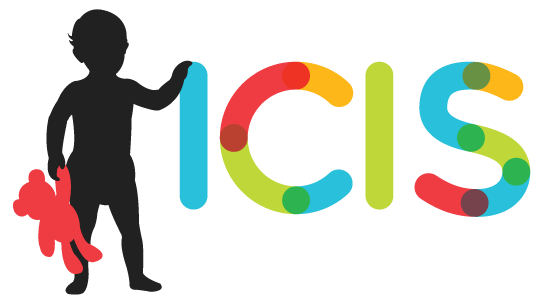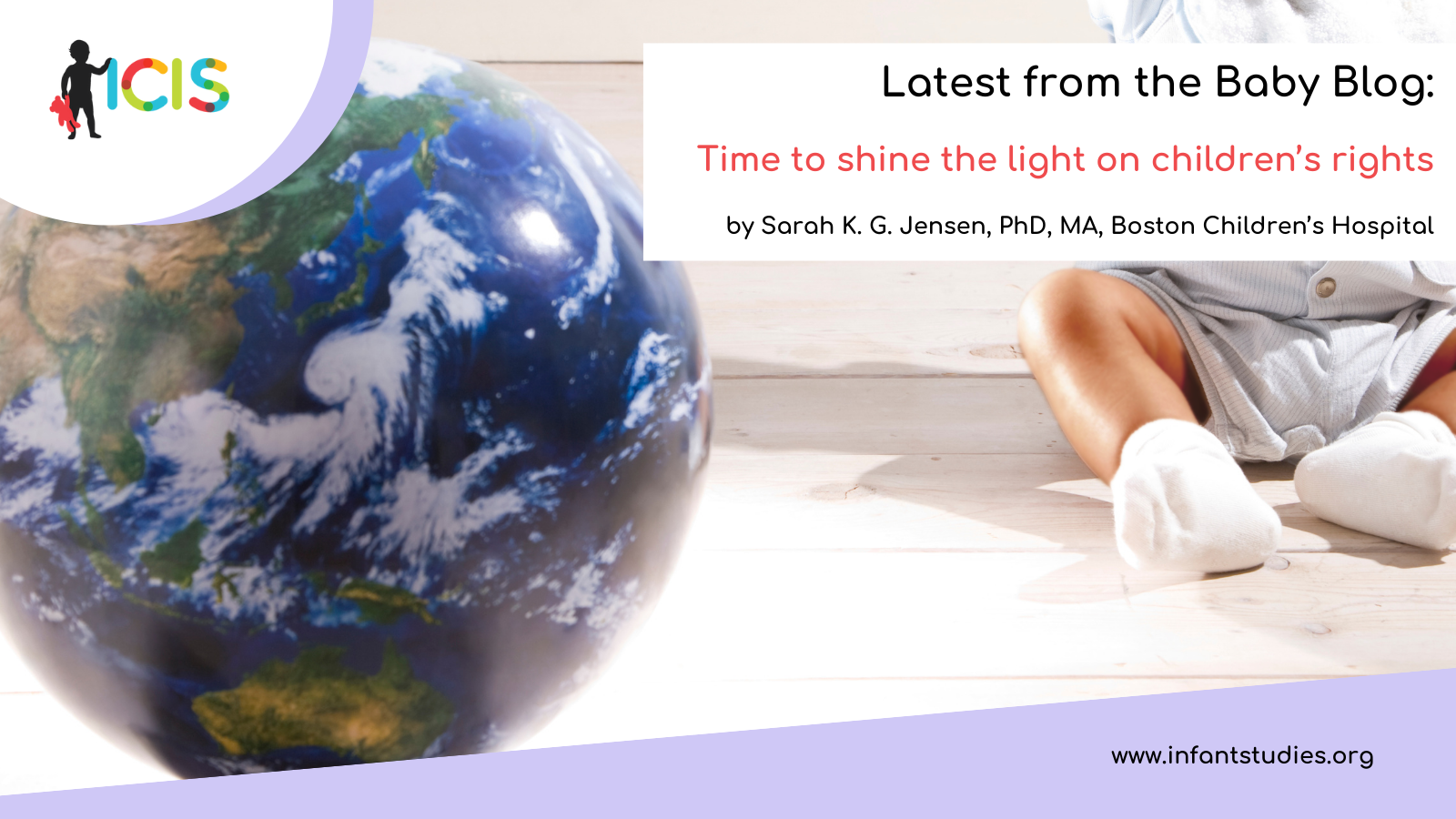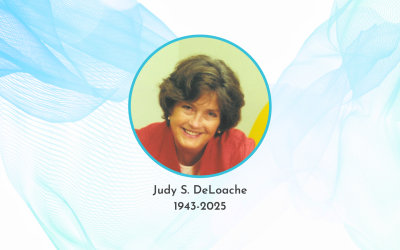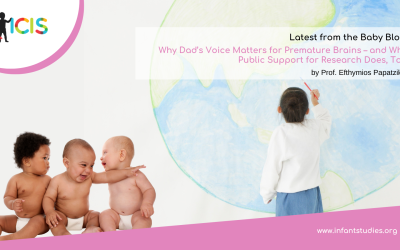Significant progress has been made in improving the lives of millions of children across the globe, providing many more children a chance to thrive than in previous points in history. For example, medical advances, sustained efforts by government and non-government organizations to improve access to healthcare and nutrition, and implementation of improved water and sanitation systems have led to a more than 50% decrease in global childhood mortality rates since 20001. We have also seen promising overall reductions in extreme childhood poverty, a well-known obstacle to accessing health care, nutrition, and clean water.2
Despite these positive trends, I still feel a harrowing sense of regret about the state of the world as the current and future home for children all over the globe. Recent reckonings with the devastating consequences of human actions on children’s wellbeing include outbreaks of mass violence and wars, natural disasters such as floods and heat waves amplified by climate change3, and evidence that environmental contaminants such as microplastics and “forever chemicals” are manifesting in our bodies, in human placentas4, and in breastmilk that is usually praised for its nutrition, purity, and protective properties for infants5,6. Moreover, we see increasing rates of poor mental health in children7, which grew even higher during the pandemic8, and that appear to correlate with digital advancements and unregulated social media use9.
Of course, all of these societal and environmental changes affect adults as well as children. However, because infants and children are physically, emotionally, and cognitively immature, they lack the consciousness and agency to seek out better circumstances or to enact change. Still, children stand to experience the greatest burden. Children’s immaturity and lack of mobility is the reason they have specific rights laid out in the United Nation’s Convention on the Rights of the Child (CRC). The CRC is an international treaty outlining basic human rights for children that was drafted by the UN Assembly in 1989. It extends other treaties like the well-known Universal Declaration of Human Rights, and seeks to ensure not only basic human rights for children, but also that all children are given the best possible circumstances to thrive.
The CRC defines a child as any human being under the age of 18 and seeks to protect the interest of the individual child by comprehensively promoting children’s healthy development and opportunity to fulfil their unique potential across domains of physical and mental health, as well as personal, cultural, and even artistic fulfilment. In doing so, it sets a high bar for what we as nations and as responsible adults should do to ensure children’s wellbeing, and seeks to protect childhood as a period of not only development and learning, but also opportunity and hope. The CRC, for example, stresses all children’s right to a stable and loving caregiving environment with all possible effort put towards keeping families together and avoiding separations except if in the interest of the child. It mandates that signatory nations must enforce children’s right to health, starting with prenatal care for the mother, postnatal care for the mother and child, continuous preventive care and treatment, and education of parents and children on knowledge of child health, nutrition, and safety. The CRC mandates that children’s access to primary education is compulsory and free, and that education must support the development of children’s personalities, talents, and mental and physical development in ways that respect children’s and their parent’s cultural identity. It mandates that children must be protected from violence and exploitation and that children, depending on their age and mental capacity, should be respectfully informed and invited to actively participate in decision-making on matters affecting their lives. The full document can be found here: https://www.ohchr.org/en/instruments-mechanisms/instruments/convention-rights-child.
The CRC also provides a framework for how nations can enforce and monitor the rights outlined within it. O nce a country signs the CRC, it must regularly report on the status of its children to the committee, initially after two years and then typically every five years. When reporting, nations are encouraged to involve not only policymakers but also other experts working with or in the interest of children, including child development researchers and pediatricians. The Committee, which is an independent group of child rights experts, reviews the submitted reports and provides recommendations to governments on how they can continue to improve their child right s record. These recommendations are not legally binding, but they nevertheless serve as guidance and apply pressure on countries to address areas of improvement.
The CRC is widely supported; on the first day it was released it had the largest number of signatories by UN member nations of any convention in history. To date, the document has been ratified by 197 of 198 countries; notably, the only country that has not signed the agreement is the United States.
Despite its widespread support, m any people remain unfamiliar with the CRC, particularly within the US which is where so many developmental scientists reside. Thus, it is time to cast light on children’s rights as laid out in the CRC, to raise awareness and encourage reflection on what we (as adults and professionals) are currently doing to protect the world’s children and whether it is enough. Indeed, while the idea of acting on the interest of the child seems natural to most when considering individual children, the same principle is too often neglected when considering children as a group.
As infant and developmental scientists from around the world, ICIS-members can show our commitment to the international standards laid out in the CRC and work to ensure that they are given due consideration when adults – be they parents, practitioners, or policy-makers – make decisions that shape children’s current and long-term environments. As professionals uniquely positioned to advocate for children, we have a responsibility to work towards increasing public awareness and appreciation of children’s interests and rights. Starting with our own work, we can reflect on how to advocate for children to be more visible in policy development processes that inevitably will shape their developmental trajectories. This includes advising on legislation concerning, for example, gun violence, climate change, and regulations on digital technology and social media.
They say it takes a village to raise a child. This is because children depend on support from multiple adults who bring different perspectives, skills, and experiences to their upbringing. As a global community I consider all of us to be part of that village. So, let’s work together to promote the interest of children and invite children to participate as we define paths for sustainable change.
References
- UNICEF: https://data.unicef.org/topic/child-survival/under-five-mortality/
- World Bank: https://worldpoverty.io/
- Editorial (2024). Child-centred climate action cannot wait. The Lancet Child & Adolescent Health.
- Ragusa, Antonio, Alessandro Svelato, Criselda Santacroce, Piera Catalano, Valentina Notarstefano, Oliana Carnevali, Fabrizio Papa et al. “Plasticenta: First evidence of microplastics in human placenta.” Environment international 146 (2021): 106274.
- Ragusa, A., Notarstefano, V., Svelato, A., Belloni, A., Gioacchini, G., Blondeel, C., … & Giorgini, E. (2022). Raman microspectroscopy detection and characterisation of microplastics in human breastmilk. Polymers, 14(13), 2700.
- Zheng, G., Schreder, E., Dempsey, J. C., Uding, N., Chu, V., Andres, G., … & Salamova, A. (2021). Per-and polyfluoroalkyl substances (PFAS) in breast milk: concerning trends for current-use PFAS. Environmental science & technology, 55(11), 7510-7520.
- Bhandari, N., & Gupta, S. (2024). Trends in Mental Wellbeing of US Children, 2019–2022: Erosion of Mental Health Continued in 2022. International Journal of Environmental Research and Public Health, 21(2), 132.
- Samji, H., Wu, J., Ladak, A., Vossen, C., Stewart, E., Dove, N., Long, D. and Snell, G., 2022. Mental health impacts of the COVID‐19 pandemic on children and youth–a systematic review. Child and adolescent mental health, 27(2), pp.173-189.
9.Haidt, J. (2024). The anxious generation: How the great rewiring of childhood is causing an epidemic of mental illness. Random House.
About the Author

Sarah K. G. Jensen, PhD, MA
Boston Children's Hospital




